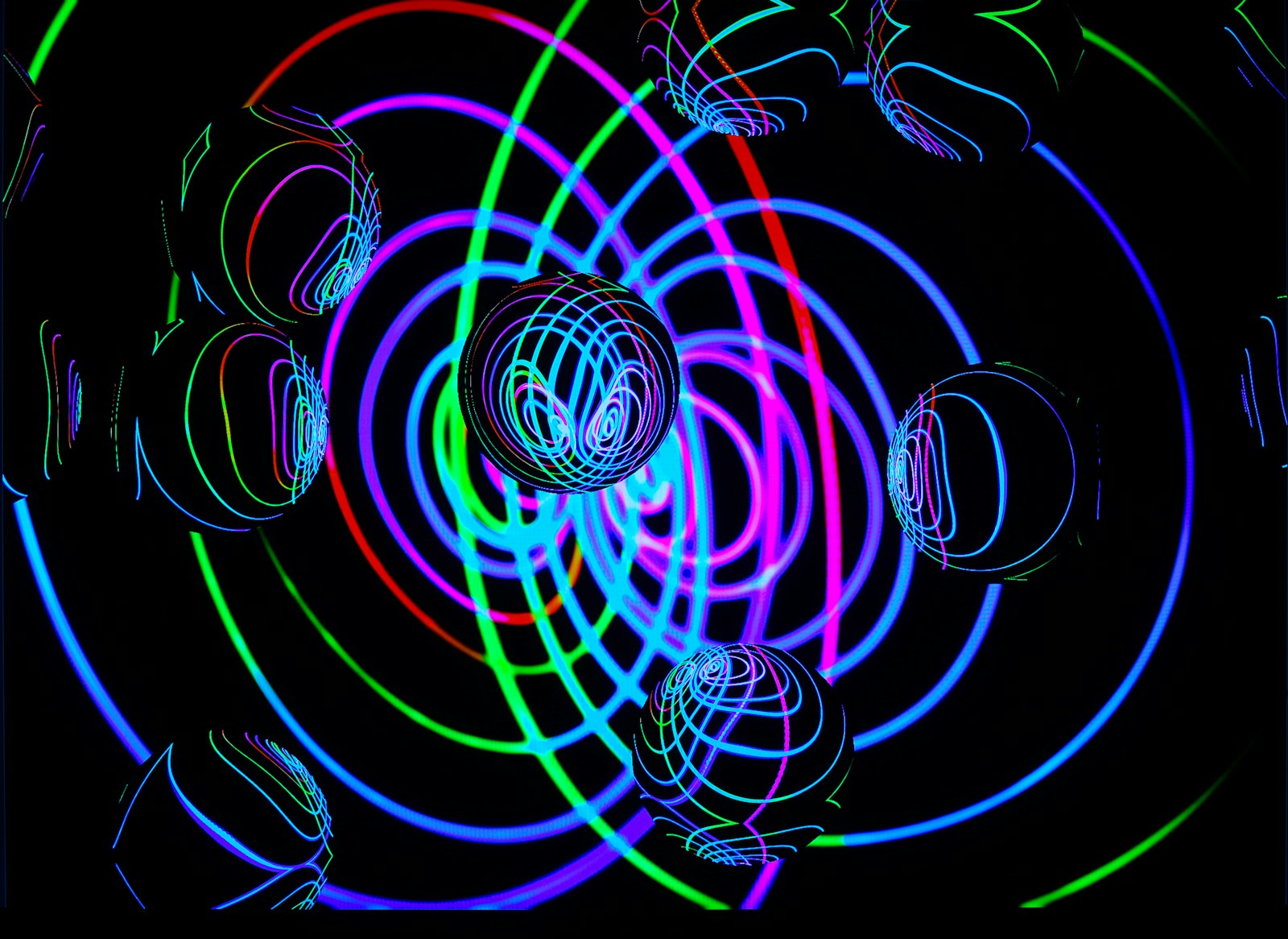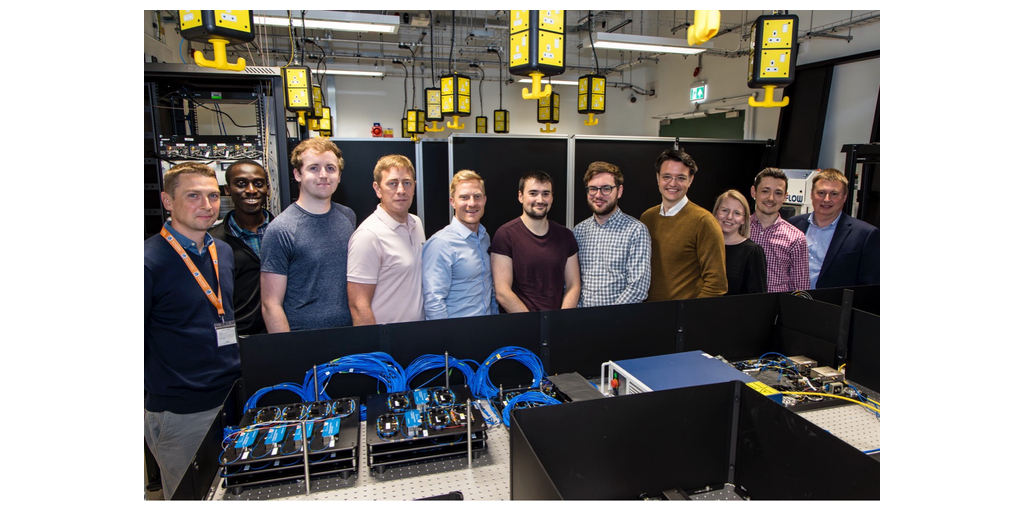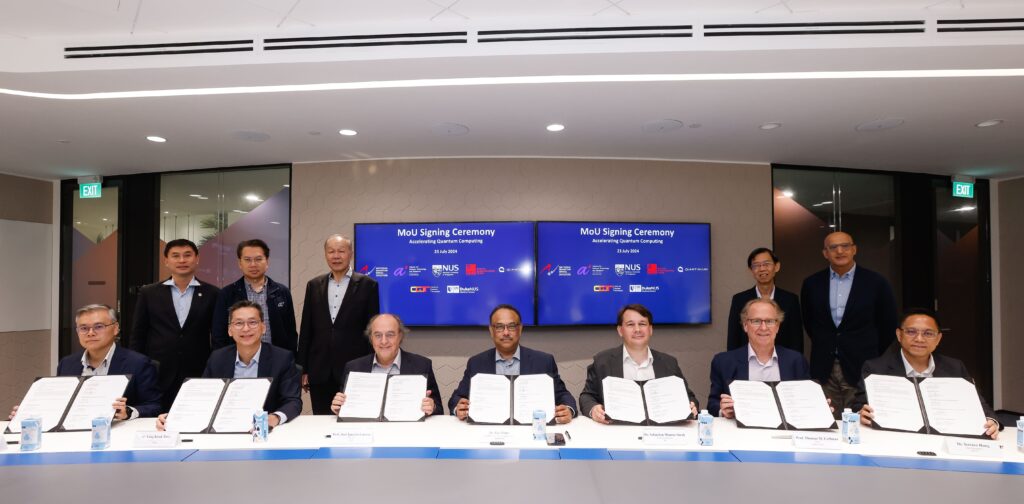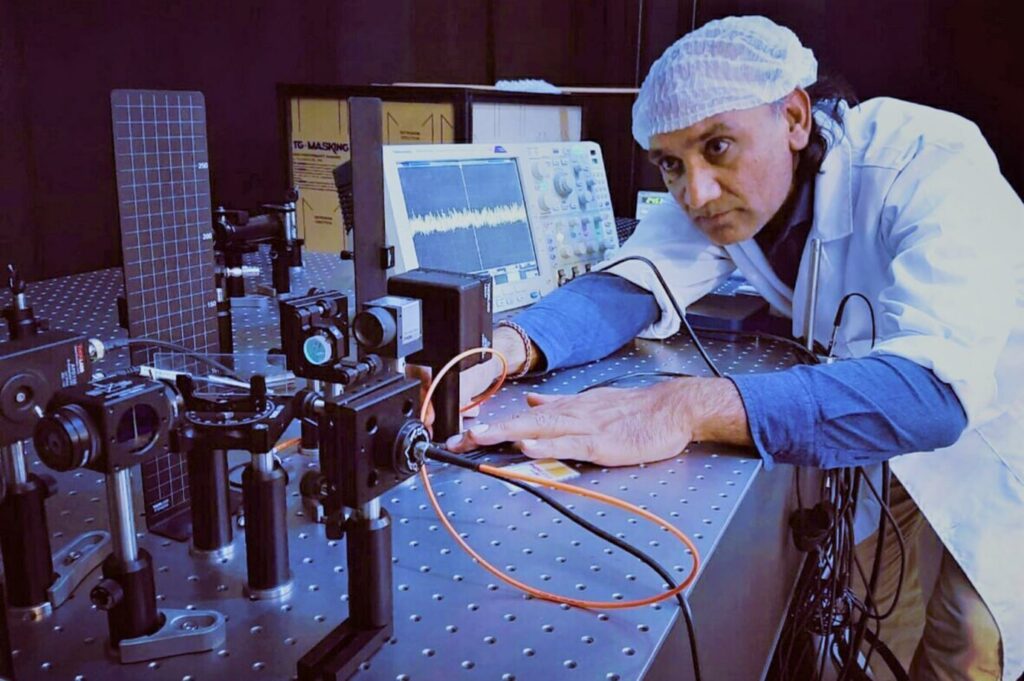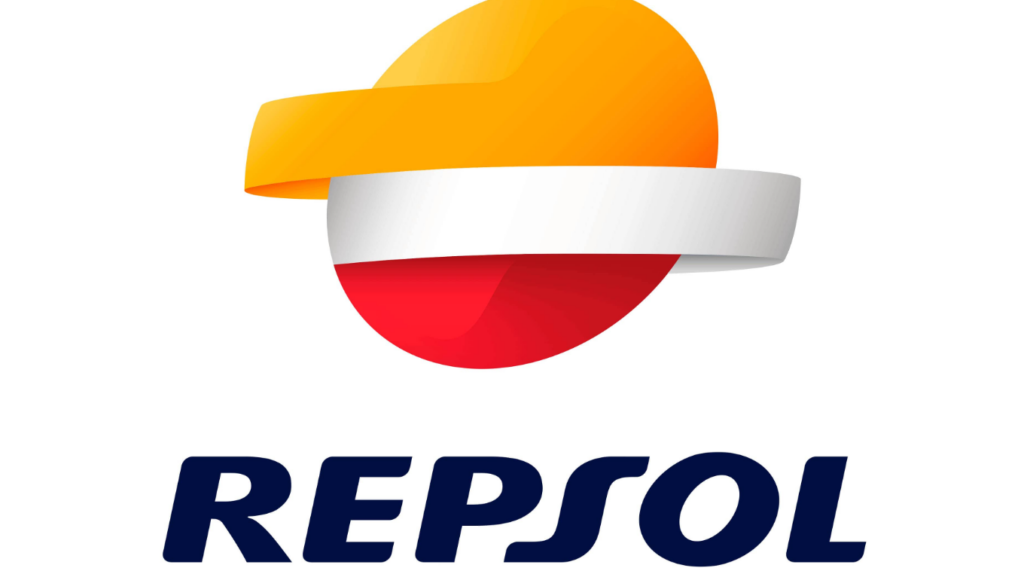Insider Brief
- Q-CTRL announced strategic product integrations with Wolfram, Aqarios, qBraid, Qblox and Keysight.
- The team said the integrations are meant to improve every aspect of quantum research, commercialization, and adoption – from algorithm and applications development to hardware R&D and education.
- The new commercial partnerships will power a broader range of end-users to solve the toughest problems in the field.
PRESS RELEASE — Q-CTRL, a pioneer of quantum infrastructure software to make quantum technologies useful, today announced strategic product integrations with Wolfram, Aqarios, qBraid, Qblox, and Keysight to improve every aspect of quantum research, commercialization, and adoption – from algorithm and applications development to hardware R&D and education.
The new commercial partnerships will power a broader range of end-users to solve the toughest problems in the field. They integrate Q-CTRL’s AI-driven performance-management software and quantum control capabilities with diverse hardware and software platforms, making it easier for everyone from students to enterprise developers to access Q-CTRL’s leading technology.
Fire Opal integrations for algorithm and applications developers and end-users:
Wolfram: Now users of Mathematica – Wolfram’s definitive system for modern technical computing – can directly access Fire Opal’s performance-enhancement capabilities for quantum algorithms within the Wolfram Quantum Framework! Wolfram’s symbolic representation and rich visualization tools make it easy to design circuits, and now users can achieve the best achievable performance on real hardware via Fire Opal. Learn more in this blog by Wolfram.

Aqarios: By combining Fire Opal with the Aqarios Luna platform, users can build end-to-end quantum solutions to solve a range of challenges including energy grid optimization, financial modeling, supply chain management, and many more. Integrating the product’s hardware-optimized execution makes it possible to run these solutions directly on real hardware with astounding performance. Learn more in Aqarios’ documentation.
qBraid: qBraid’s one-stop platform offers a full range of powerful development tools for researchers and developers to build quantum applications without any installation or setup. It offers access to a range of quantum computing hardware backends, and now users can choose to execute their circuits using Fire Opal to boost the performance of their applications thousands of times. Install the Fire Opal environment in qBraid Lab to try it out today.
Learn more about these Fire Opal integrations in Q-CTRL’s blog.
Boulder Opal integrations for hardware researchers and experimentalists:
Qblox: The collaboration with Qblox focuses on the interoperability between Q-CTRL’s software and Qblox controller hardware, by directly converting the optimized control solutions and AI commands designed with Boulder Opal into the actual electronic signals output to quantum hardware. The partnership will bring Q-CTRL’s capabilities in AI automated device calibration and control-solution design directly in contact with an end user’s hardware as an “out-of-the-box” option. We are excited to be working with Chalmers University of Technology, a long-standing customer of both Q-CTRL and Qblox, who will be utilizing this joint integration to characterize and optimize their hardware.
Keysight: Q-CTRL and Keysight are integrating Boulder Opal’s hardware optimization and automation functionality with Keysight Quantum Control System (QCS) to enable users to program experiments on their quantum devices. This creates more ways for quantum hardware engineers and users to access the control solutions from Q-CTRL through their preferred controller solutions.
QuantWare: With recent demonstrations run on real QuantWare processors, this partnership demonstrates how AI automation can make quantum hardware even more accessible. Using Boulder Opal, teams embracing QuantWare processors can fully automate device calibration and bringup in just minutes.
“We are delighted to be working with these partners who are bringing Q-CTRL’s capabilities to their end users and empowering them to get the most out of real quantum computers – whether they’re using cloud machines or building their own,” said Alex Shih, Head of Product, Q-CTRL. “We designed our products to be easily integrated and interoperable across hardware and software architectures, and we are proud to see this help activate the quantum ecosystem. To us, making quantum technology useful relies on not just developing new technologies, but supporting researchers to easily leverage them in advancing their own projects.”
“We are thrilled to integrate Fire Opal into the Wolfram Quantum Framework,” said Mads Bahrami, Manager of Academic Innovation Support at Wolfram. “In addition to developing quantum algorithms toward achieving quantum utility, Wolfram users can now seamlessly interact with quantum hardware with significantly improved performance through Q-CTRL’s Fire Opal, all within the integrated Mathematica notebook ecosystem. This integration presents a unique opportunity to train future quantum workforces, leveraging Mathematica’s widespread use in universities and research organizations worldwide.
Michael Lachner, Co-Founder and CEO of Aqarios, expresses his excitement about the partnership: “Together, we combine our strengths to build the entire pipeline from business-centric applications to the enhanced execution of algorithms on quantum hardware. This synergy maximizes our potential and is a crucial step toward practical implementation in the realm of quantum computing.”
These strategic alliances between leading quantum technology companies drive the entire industry forward, similar to industry-defining partnerships like those between Microsoft and Intel. As the quantum tech industry matures, it is trending towards de-verticalization and segmentation, allowing specialist providers in commercial partnerships to accelerate the path to strategic quantum advantage.
To learn more about these partnerships, you can request a meeting with Q-CTRL here or visit booth #705 at the APS March Meeting. To learn more about Q-CTRL’s scientific talks, check out this recent blog.
If you found this article to be informative, you can explore more current quantum news here, exclusives, interviews, and podcasts.


